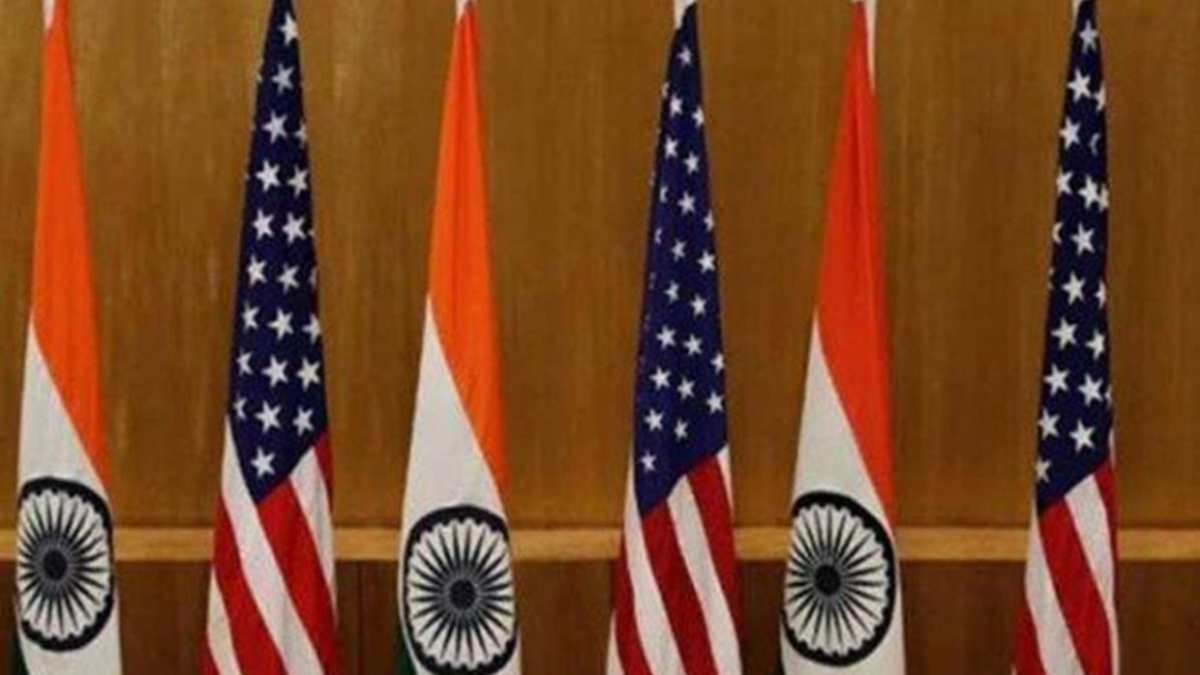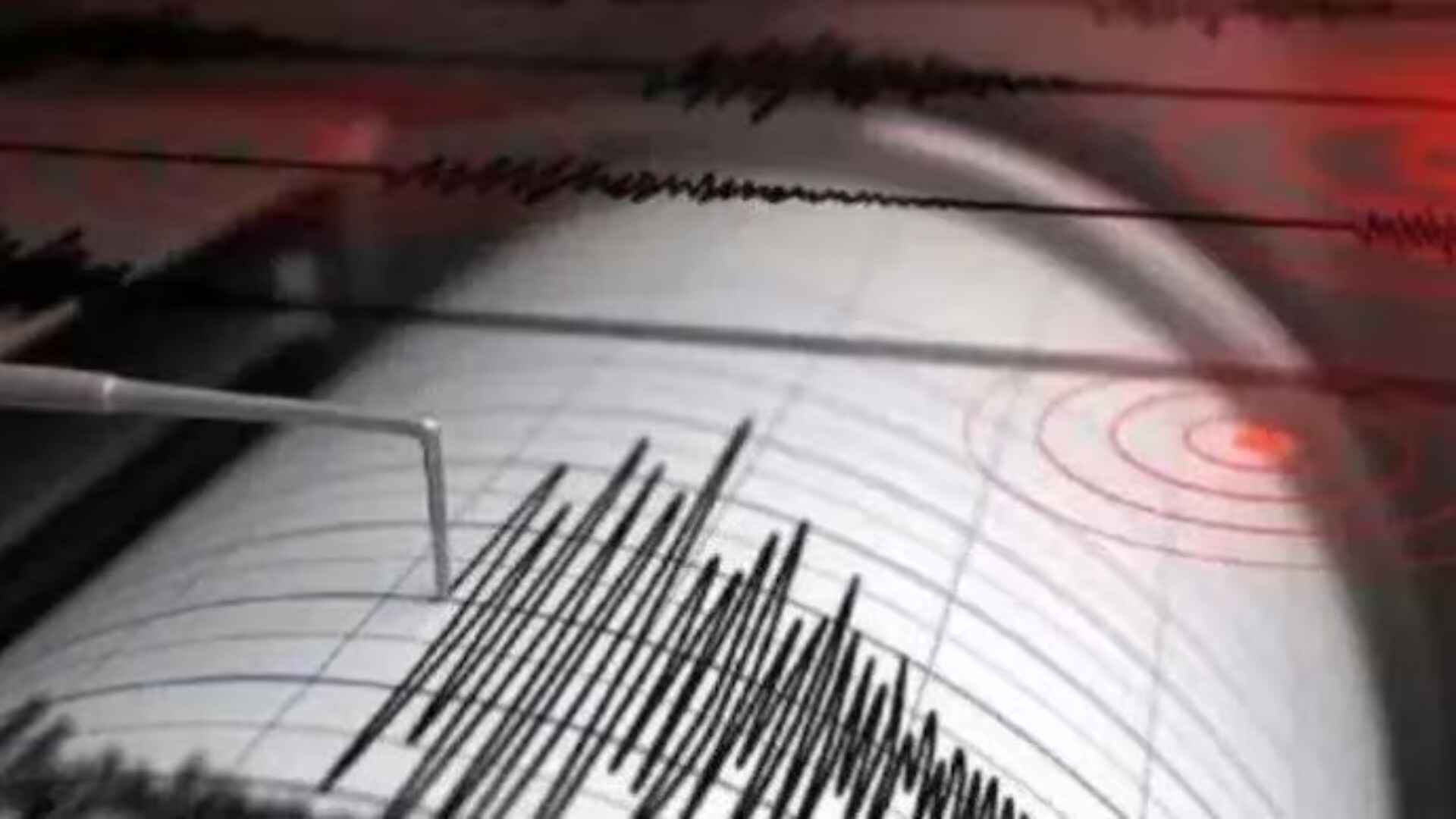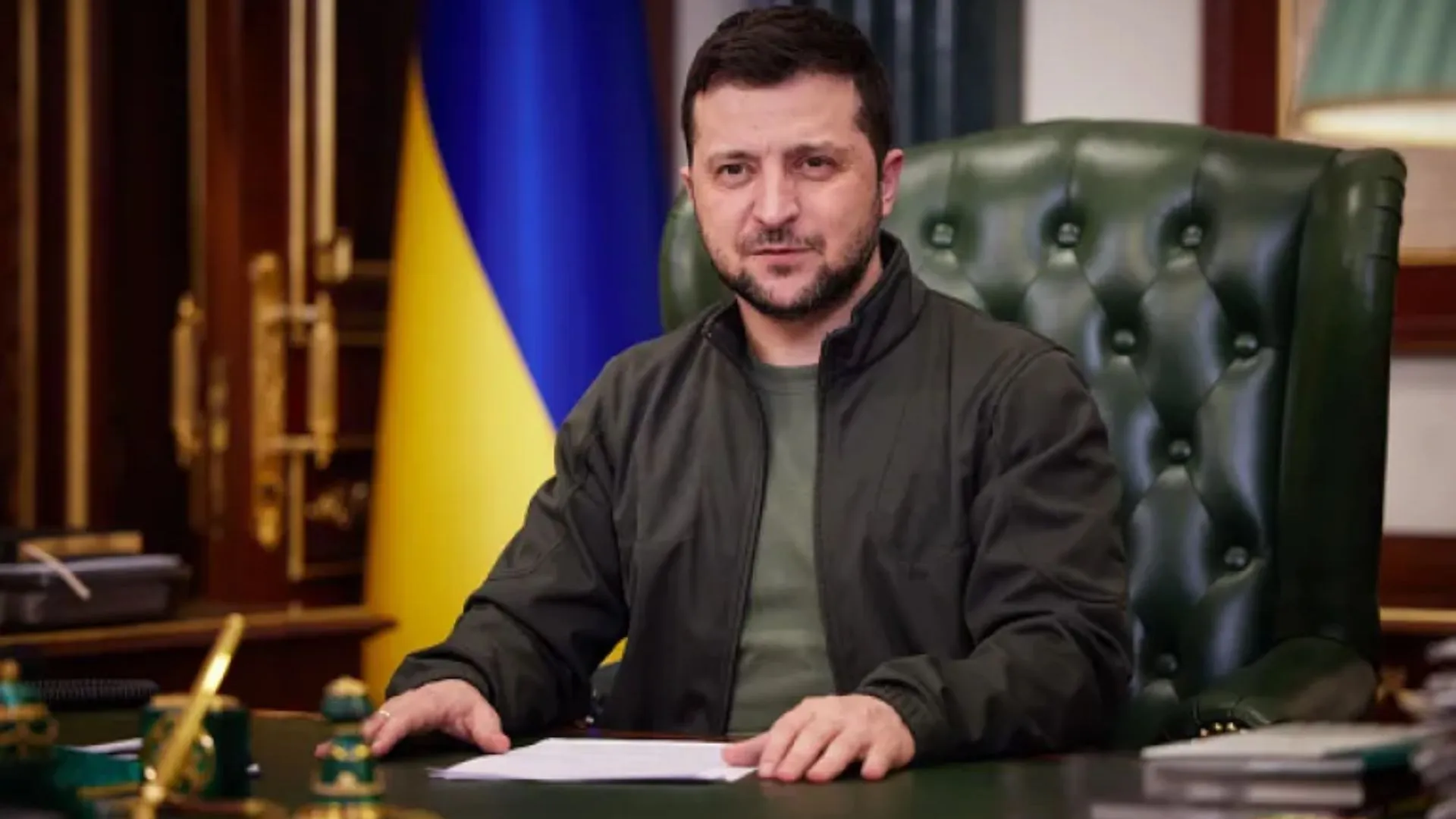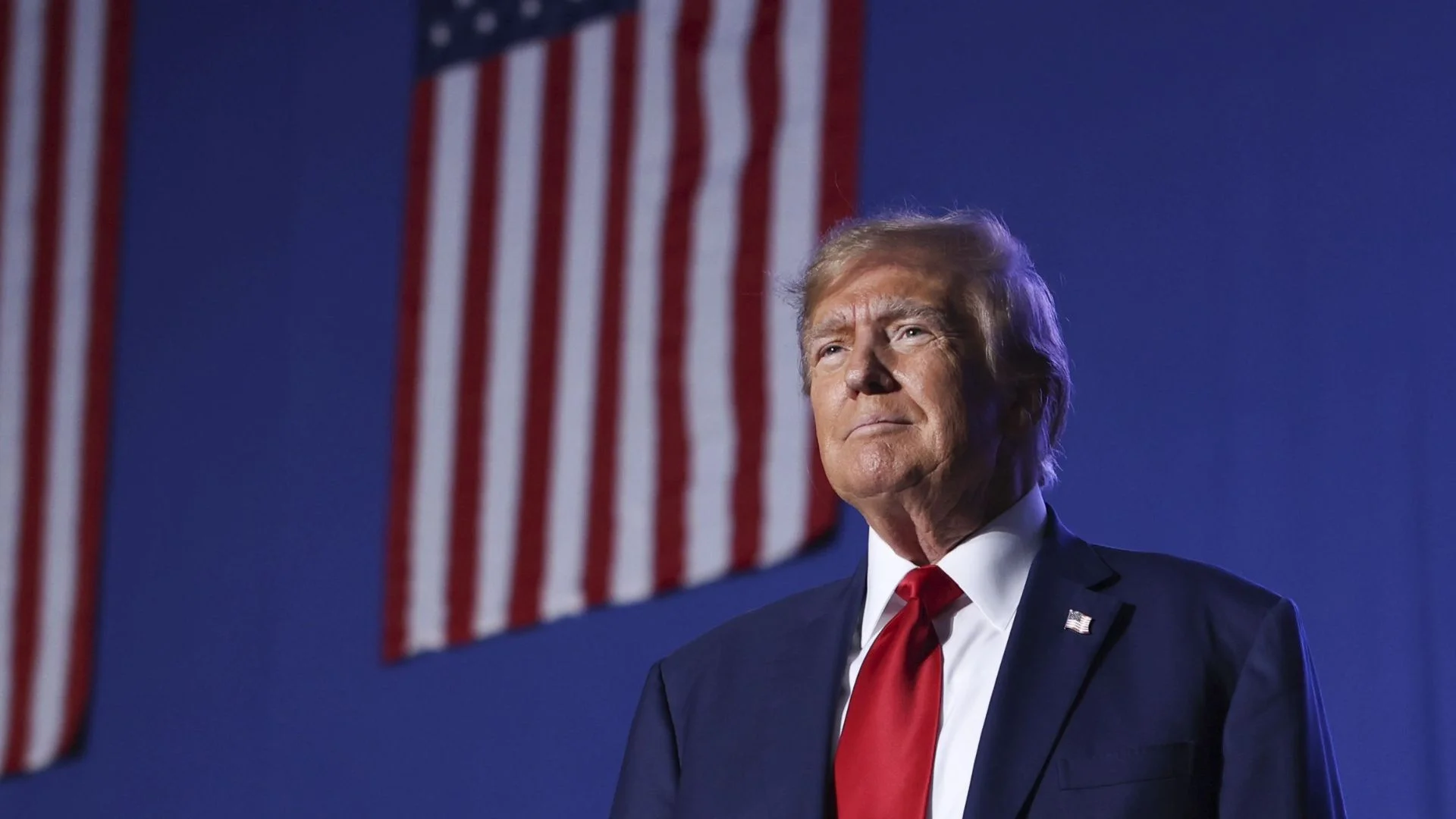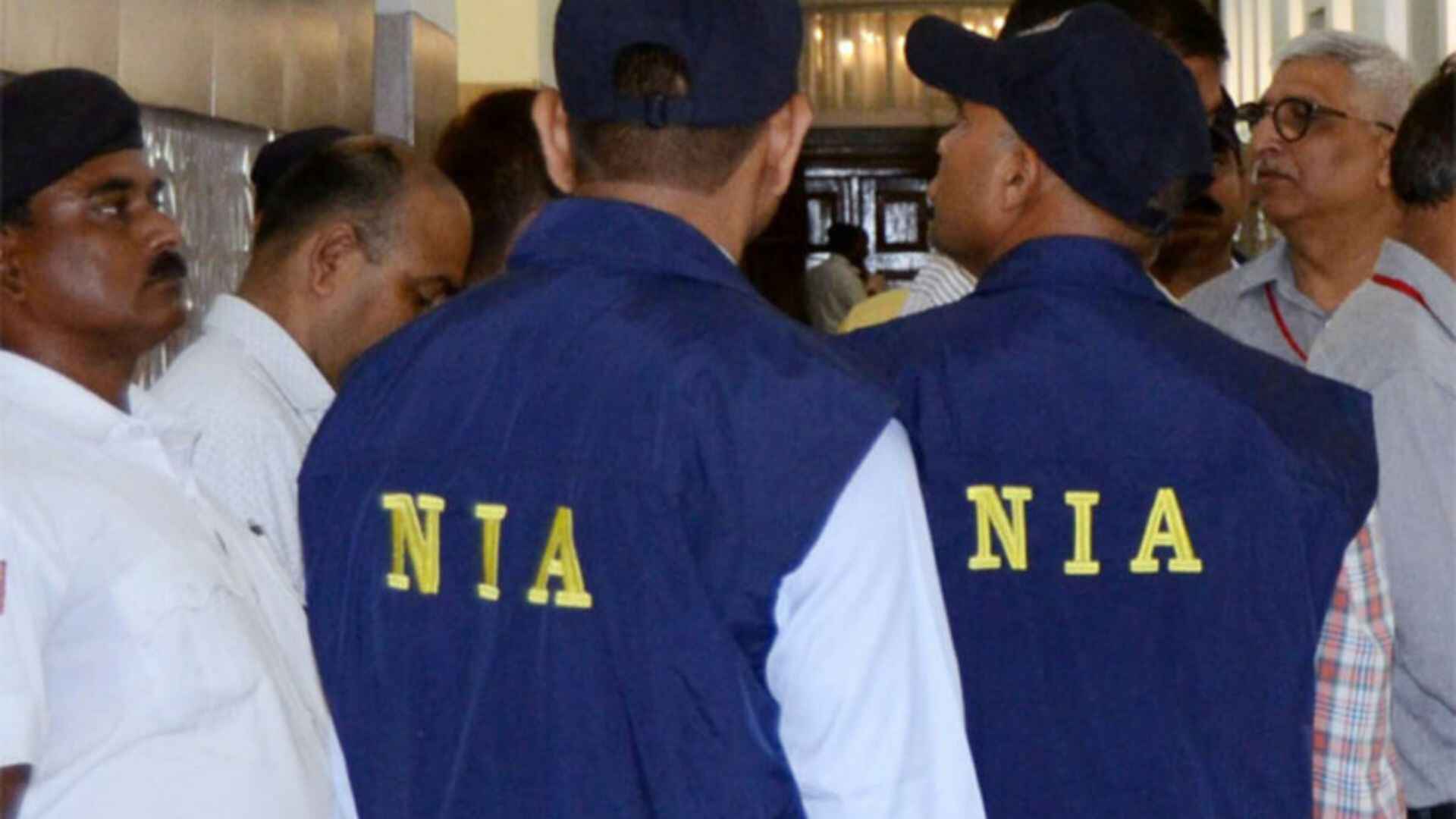The joint statement issued at the end of the third India-US 2+2 Ministerial Dialogue on Tuesday, 27 October, reflected the deepening of relations between two of the world’s most significant democracies, a partnership that can have a decisive influence on the way the world shapes up in the 21st century. Of particular interest were the references to South China Sea, and the broader Indo-Pacific region, apart from Af-Pak, areas where US and Indian interests appear to have converged to a large extent. It is apparent from the statement that India is now an important part of the “Shared Vision for the Indo-Pacific and Global Leadership”. The joint statement firmly placed the “centrality” of the ASEAN in a “peaceful, and prosperous Indo-Pacific”—something India has been talking about—which has to be “built on a rules-based international order”. The reference was obviously to a very “unruly” China! For India, the South China Sea is important both for reasons of freedom of navigation and overflight and because of the oil and gas interests it has there, courtesy Vietnam. It is not a question of whether India should be involved in the South China Sea dispute—it already is. Around 50% of India’s trade passes through the South China Sea on its way to the ASEAN countries. This volume is expected to grow further as India works on its “Act East” policy. ONGC, which has been in the area since the mid-1980s, is being threatened by the Chinese not to carry out its exploration work there. Last year, China stationed its coast guards near the ONGC blocks and the Vietnamese were worried that the situation would escalate. Now with a private firm, Essar, too involved in gas exploration work off the coast of Vietnam, India’s commercial interests in South China Sea are increasing. A region rich in minerals and oil and gas, the South China Sea is estimated to have 190 trillion cubic feet of natural gas and 11 billion barrels of oil—and much more to be discovered. No wonder China wants everyone, including the Americans out and is militarising the South China Sea to bully the ASEAN countries into submission. So the presence of powers such as US and India there, apart from Australia and Japan, will act as a major counter to China.
As for Pakistan and Afghanistan, while the statement was categorical in naming Pakistan as a terror sponsor, the part about Afghanistan made no mention of US troops leaving the region, even when talking about “an Afghan-led and Afghan-owned peace process”. This could be tacit admission on the US’ part that Pakistan has been leading it up the garden path in the name of helping it strike a deal with the Taliban, when letting the same Taliban attack US troops in Afghanistan. Now that the Taliban has more or less torpedoed the peace deal and the US elections are here, President Donald Trump, if he wins, may not be over enthusiastic about a full withdrawal of US troops from Afghanistan, thus leaving it to the mercy of the Taliban and Pakistan, which would have serious repercussions for India. As for Joe Biden, he is not in favour of a full withdrawal and has talked about keeping a small troop presence in Afghanistan to take on the terrorist groups that keep emerging there. Significantly, the joint statement was all praise for India’s development work in Afghanistan, which can be read as Pakistan’s failure in its attempt to elbow India out of that country. In fact, it should not come as a surprise if India’s engagement in Afghanistan gets deeper, the contours of which are likely to be clear in the future. The joint statement also talked about participation in “multilateral peacekeeping training exercises” in the context of the Indo-Pacific, which will be a new area of cooperation for India and US and in a new theatre. Overall, there seems to be consensus that the Quad has taken off as a viable partnership, from being a mere chatroom. The Malabar exercise is taking place in November, with all the four countries of India, US, Japan and Australia participating. The new Japanese Prime Minister, Yoshihide Suga, has declared that he will pursue his predecessor’s Quad policy, while Joe Biden, if he is elected US President, may find it difficult to pursue a softer policy on China than Donald Trump, given the anti China mood in the US. So this emerging alliance appears to be on track to be on solid ground and is likely to prove wrong Chinese foreign minister Wang Yi’s 2018 prediction that the Quad would dissipate like seafoam.

